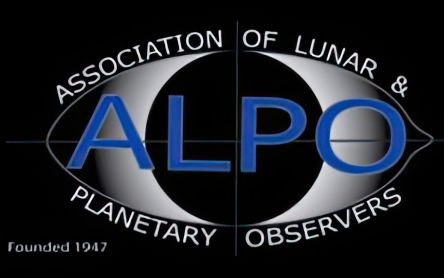
Saturn Blog
Have you been following how the hues in
Saturn’s southern hemisphere have been changing? It is always a bit
subjective to gauge the true color of the planet, but clearly observers’
images show the frosty blue giving way as the southern hemisphere emerges
from its winter.
Christophe Pellier, an avid planetary astronomer who maintains the excellent Planetary Astronomy website, has published his analysis of photometry and imaging of Saturn from the 2023 apparition that provides insight and some scientific measurement as to the colors of the planet and how they are changing as we move towards the equinox next year. You can find his discussion, analysis, and images here.
In two weeks Saturn will come to opposition, and with it an opportunity to witness the “Seeliger Effect” (or Opposition Surge). Named for German astronomer Hugo von Seeliger who first noticed in 1887 the brightening of the rings within roughly a day of opposition. This brightening of the rings is discernable in amateur telescopes, but to appreciate it you should take in the appearance of the rings several days ahead of opposition to better appreciate the change.
What causes this phenomenon? Scientists believe that “coherent backscattering” is responsible. The direct illumination of the rings from Earth’s perspective at opposition reflects off the irregular particles of the rings to produce a single, more intense light. As a result, if you catch the Seeliger Effect you are seeing evidence that the rings are made up of irregular particles rather than a solid body as was once thought.
Saturn News Headlines
Saturn's Variable Heat Output
6/21/2024
Although it’s been 7 years since Cassini was in orbit around Saturn, the wealth of data it sent back continues to lead to new theories about the ringed planet. Scientists at the University of Houston in Texas recently determined that the planet varies in the amount of heat it pumps into space based on the season. This uneven heat generation leads to turbulence in Saturn's atmosphere that can trigger enormous storms across its north and south hemispheres.
Read More
Enceladus is Blanketed in a Thick Layer of Snow
1/13/2023
Read More
Saturn's Atmosphere Impacts Aurorae
2/8/2022
Tiny
Saturnian moon Mimas was thought to be a frozen, inert ice world. But
thanks to recent investigation by scientists at the Southwest Research
Institute, it appears that there is a “stealth” ocean within the little
moon. This discovery comes in part from NASA's Cassini mission as it was
counting down the end of its mission with the discovery of a curious
libration in the moon's rotation, implying it’s geologically active and
able to support an internal ocean.
Read More
Observation Spotlight
Equipment: C-14 Edge SCT, ADC, Player One Uranus camera
A set of Saturn images taken roughly 75 days apart showcase how Earth-Saturn-Sun geometry shifts to expose different views of the rings and the shadows on the planet.
Event Calendar
May 06, 2025
Equinox on Saturn
Sep 21, 2025
Saturn reaches opposition
